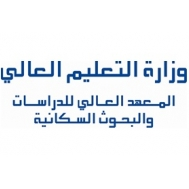In the Virtual Observatory (VO), the Registry provides the mechanism with which users and applications discover and select resources -- typically, data and services -- that are relevant for a particular scientific problem. Even though the VO adopted
technologies in particular from the bibliographic community where available, building the Registry system involved a major standardisation effort, involving about a dozen interdependent standard texts. This paper discusses the server-side aspects of the standards and their application, as regards the functional components (registries), the resource records in both format and content, the exchange of resource records between registries (harvesting), as well as the creation and management of the identifiers used in the system based on the notion of authorities. Registry record authors, registry operators or even advanced users thus receive a big picture serving as a guideline through the body of relevant standard texts. To complete this picture, we also mention common usage patterns and open issues as appropriate.
We describe an online database for extra-solar planetary-mass candidates, updated regularly as new data are available. We first discuss criteria for the inclusion of objects in the catalog: definition of a planet and several aspects of the confidence
level of planet candidates. {bf We are led to point out the conflict between sharpness of belonging or not to a catalogue and fuzziness of the confidence level.} We then describe the different tables of extra-solar planetary systems, including unconfirmed candidates (which will ultimately be confirmed, or not, by direct imaging). It also provides online tools: histogrammes of planet and host star data, cross-correlations between these parameters and some VO services. Future evolutions of the database are presented.


